Solar lights are just like ordinary ones, the only difference is that they generate energy from the SUN without the use of any hard wires or complicated hardware.
All you need to do is to put them in a sunny spot and that’s it. They will automatically charge during the day and turn on to illuminate your home at night.
But how do these little wonders actually work?
Well, in this article, we will take a closer look at how a solar light works and what makes them a great choice for sustainable lighting.
So without further ado, let’s jump right into main components of a solar cell light.
Related Article: Advantages and Disadvantages of a Solar Light
What Are Solar Lights Made Of?
1. Solar Panels (Photovoltaic Cells)
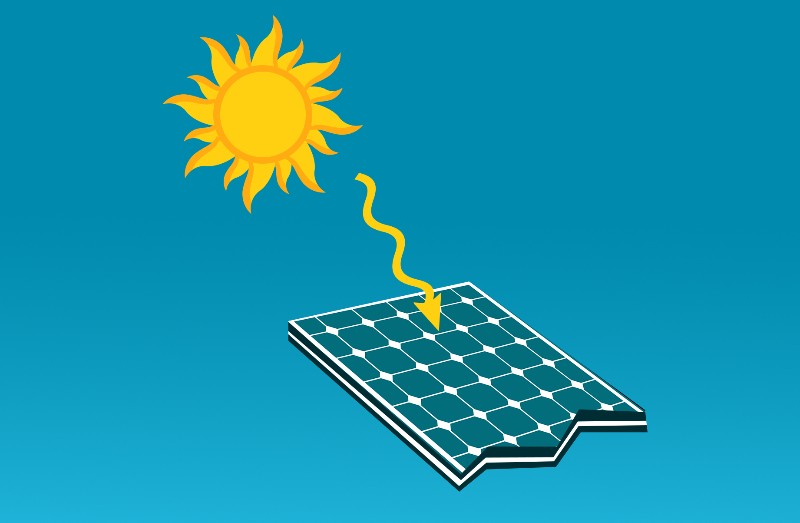
This is the most important part of solar light, as it is responsible for converting sunlight into electrical energy using the Photovoltaic effect in the solar cell.
In simple words, sunlight stimulates atoms which causes them to gain and lose electrons and as a result, a flow of electrons occurs AKA electricity.
For more information, check this article on how a solar cell works step by step.
2. Diode
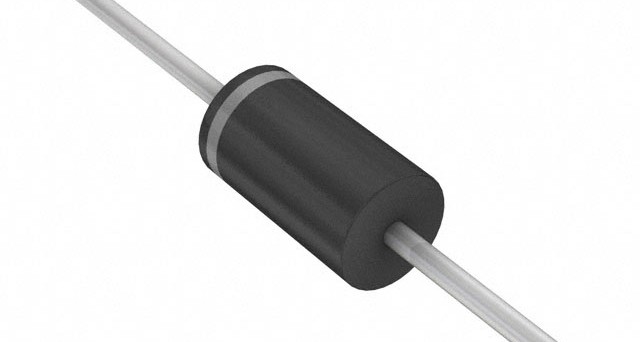
This is the component that ensures that electricity only flows in one direction, from the solar panel to the light bulb as direct sunlight.
Without it, energy would be wasted as it would flow back and forth between the solar panel and the light bulb.
Related Article: Are Solar Lights Bright Enough
3. Rechargeable Batteries
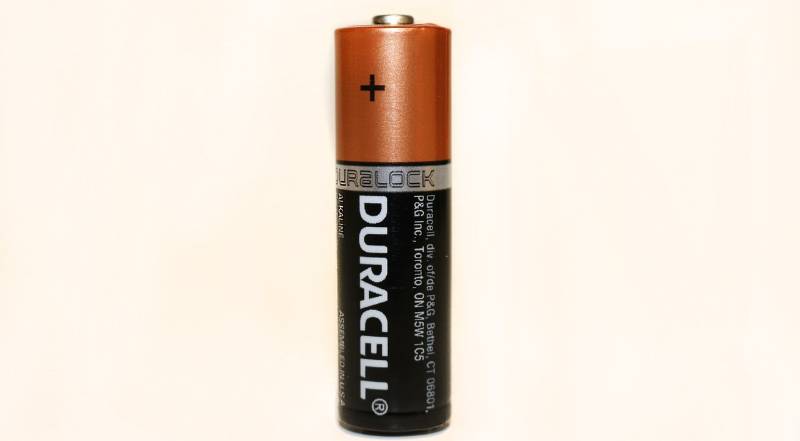
You don’t need a full section to teach you how batteries in solar lights work, they are just batteries man, DUH!
Seriously there is nothing to say, all you need to know is that solar lights have rechargeable batteries to store the energy produced by the solar panels during the day.
4. Photoresistor
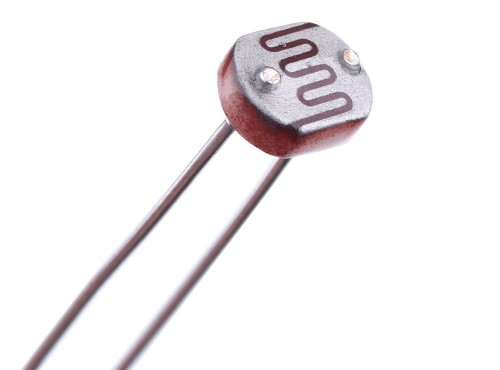
Solar lights contain photoresistors on the top of the panels, which function as a gate between the battery and the LEDs.
Their working concept is pretty easy, they are simply sensors that change their resistance level depending on the amount of light they receive.
In other words, they can be used to predict the presence or absence of sunlight.
When the photoresistor is exposed to light (during the day), the resistance decreases, allowing the solar panels to recharge the battery.
When it’s dark, the photoresistor resistance will increase, allowing the current to flow from the battery to the LEDs.
And that’s how solar lights turn on automatically at night by the way.
Related Article: Why There’s an On/Off Switch on Solar Lights
5. Light Sensors (Optional)
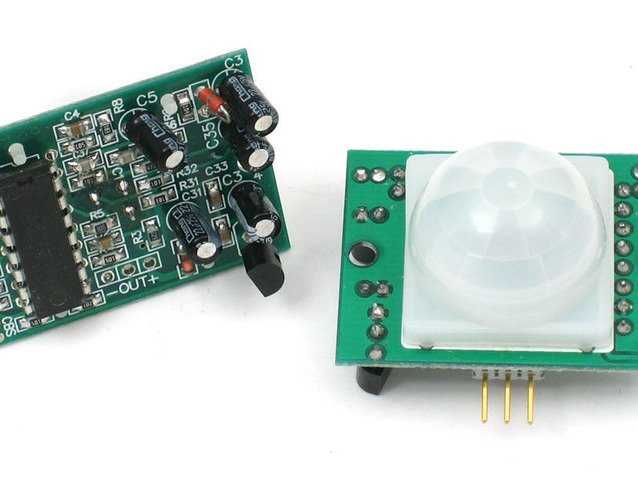
In addition to the photoresistor, some solar lights might have additional light sensors such as:
- Lux Sensor: This sensor controls how dark it has to be outside before activating the light. In other words, it senses light intensity and you can easily adjust it to your preferred settings.
- Passive Infra-Red (PIR): This sensor can be found in motion-detecting and security solar lights and it mainly senses the heat. Without overwhelming you with such technical details, this sensor will activate the light when it detects someone near and its sensitivity levels can be also adjusted.
6. Light Emitting Diodes (LEDs)
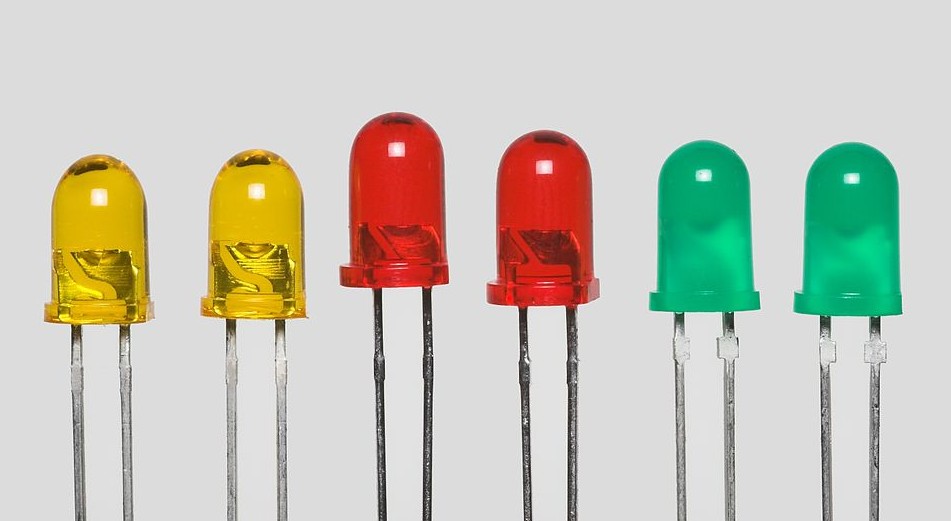
Our journey to the center of the solar lights ends with the LEDs. Don’t worry they aren’t just white flashy orbs.
In fact, there are plenty of beautiful colors, types, and light intensities that will suit all your decorative purposes.
They are also very energy efficient and last a long time, which is why they are the most popular light bulbs used in solar lights.
Related Article: Do Solar Lights Attract Bugs
How Do Solar Lights Work Step By Step?
Now that we know what solar lights are made of, it’s time to see how they work step by step.
Step 1: Sunlight Hit The Solar Light
Sunlight hits the solar panel and starts to stimulate atoms, which causes them to gain and lose electrons, resulting in a flow of electrons AKA electricity.
Step 2: Electricity Flow From The Solar Light To The Battery
The electrical energy produced by the solar panel flows to the battery, then it’s stored for later use at night.
Step 3: Photoresistor Detects Darkness
As we mentioned, the photoresistor on top of the solar panel works as a gate between the battery and LEDs which are the same as the LED light
If there is no light detected (darkness), the sensor will connect the circuit path between the battery and LEDs, allowing the battery to power the LEDs.
Step 4: Let There Be Light!
And That’s It!
All you need to do is enjoy your solar lights and feel good knowing that you’re saving money while helping the environment by using renewable energy.
Related Article: Can Solar Lights Catch Fire
Last Words
As promised, we provided you with a full definitive guide on how solar lights work and their components.
In the end, we really hope you enjoyed this article, and stay tuned for more awesome solar tips and tricks from Solar Energy Hackers.
Do you find this guide helpful? Do you have any questions or ideas to make this guide even better?
Please, let us know your thoughts in the comment section below.




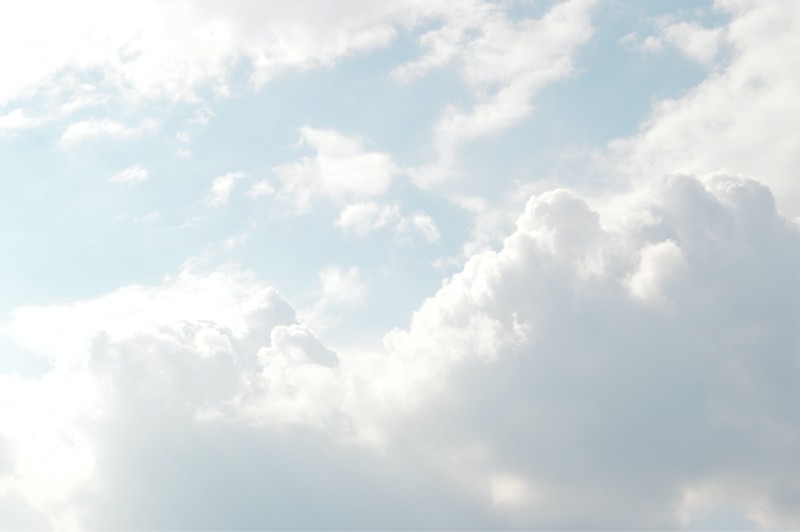

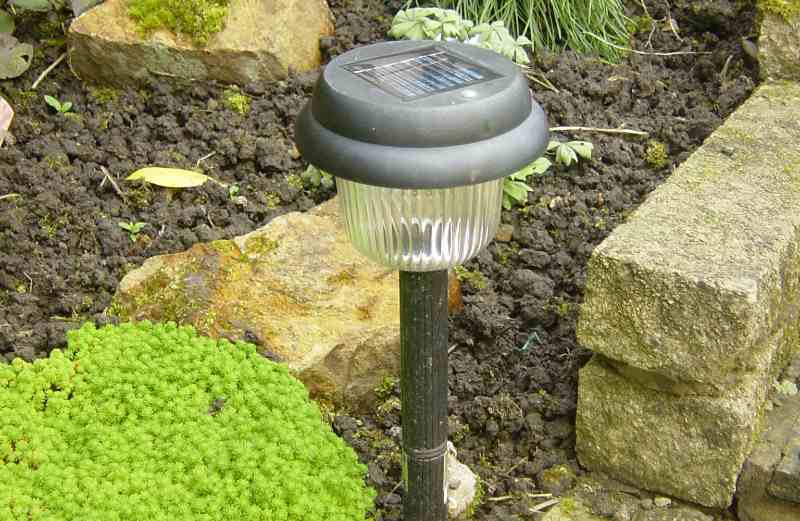
I do not have any idea about solar lights and how it works. So, I happened to find solar lights in the house I have transferred and I brought these lights inside our house and used them in the evening. For two weeks I have used it inside the house, I did not experience bad smell emanating maybe from the light bulb that I have detached from the solar panel because I find it to be disturbing until tonight, after about 3 or 4 hours of the lights on, I smelled something like chemicals where the light bulbs were, so immediately I attached the wires from the solar panel to the light bulb and put it outside our house. My question is, why is that? I am sure the bad smell was due to the detached solar light from the light bulb. Is there any bad effect? Thanks and hope to hear from you. 🙂